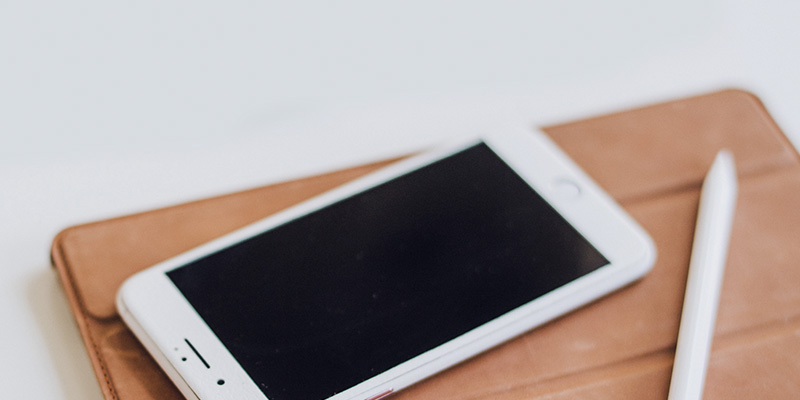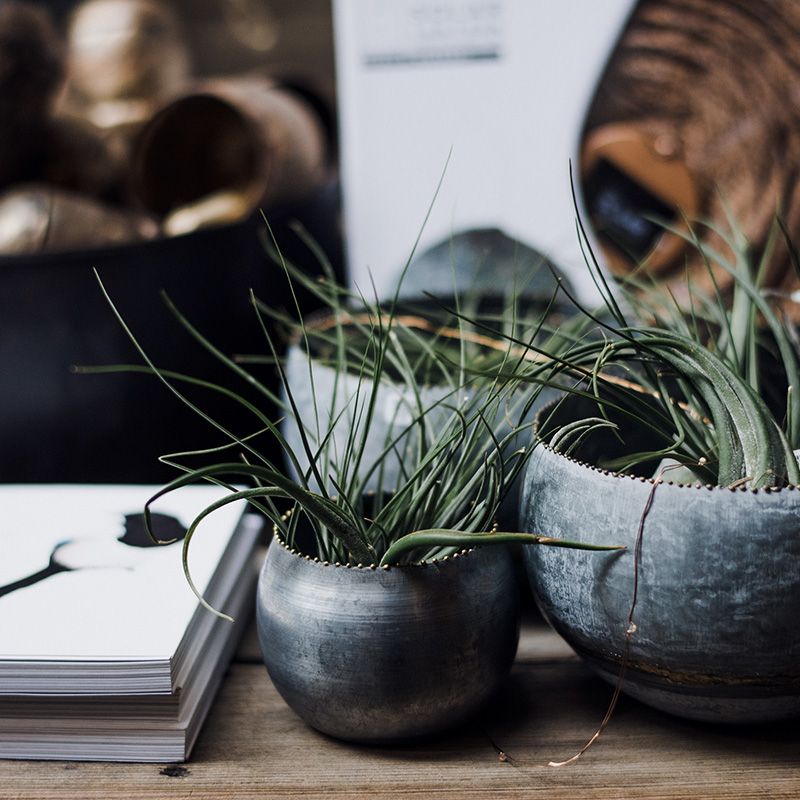Product Design
PROCESS
CONCEPTION TO REALIZATION
Creative Product Design Process
The creative process is a journey of transforming ideas into tangible outcomes through imagination, exploration, and refinement. It begins with inspiration and research, gathering insights to form a clear vision. Brainstorming and sketching follow, allowing ideas to flow and take shape. These raw concepts are then refined through experimentation, blending creativity with problem-solving to develop a cohesive design. Feedback is incorporated to ensure alignment with the project goals, and the final work is polished and perfected, ready for presentation. This iterative process blends curiosity, innovation, and precision to create impactful, meaningful results.
The creative process is an evolving journey of bringing abstract ideas to life through curiosity, exploration, and craftsmanship. Sketching or prototyping serves as a playground for experimentation, allowing ideas to transform into visible forms. Collaboration and feedback enrich the process, offering new perspectives and enhancements.
Time Management
Efficient time management ensures tasks are prioritized and completed within deadlines, optimizing productivity and project flow.
User Testing
User testing identifies potential issues and gathers feedback, ensuring the final product meets user needs and expectations.
Market Research
Comprehensive market research provides valuable insights into industry trends, target audiences, and competitors, guiding informed decision-making.
Team Management
Effective team management fosters collaboration, clear communication, and accountability, driving successful project outcomes.
Product Features
Product Features are the specific attributes or functionalities that define a product and differentiate it in the market. They highlight what the product can do, how it solves problems, and the benefits it provides to users. Well-designed features are intuitive, reliable, and aligned with customer needs, enhancing the overall user experience. By focusing on innovation and practicality, product features play a crucial role in attracting customers and driving satisfaction, making the product more competitive and valuable.
Minimal Design
Responsive Design
Creative Idea
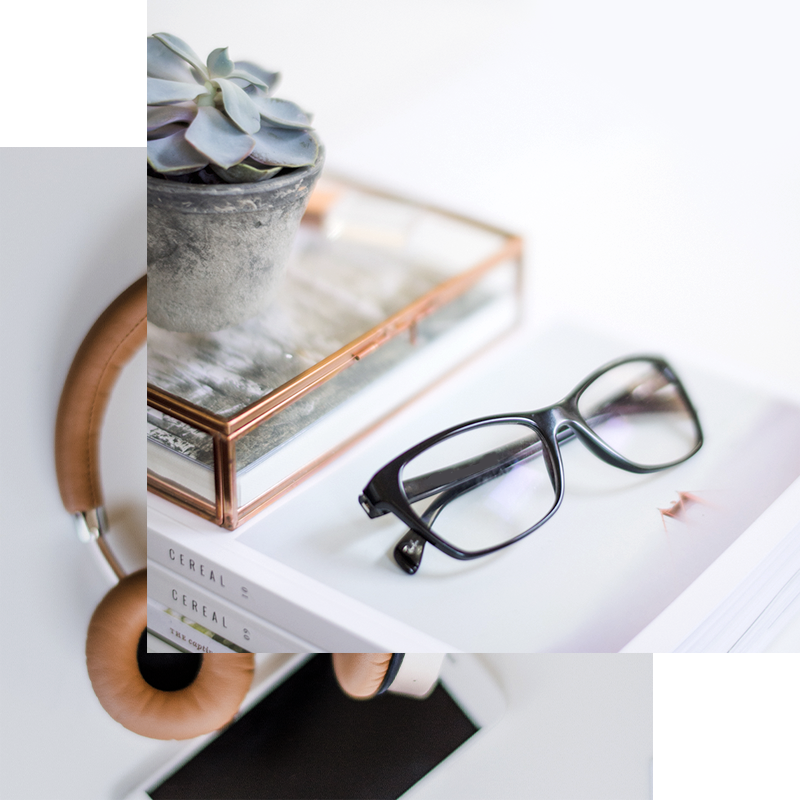

User Experience Research
is the process of understanding user behaviors, needs, and motivations through observation, feedback, and analysis.
Brand Redesign
Reimagining and updating a brand’s visual identity, messaging, and overall perception to align with evolving goals, market trends, or audience expectations.
Product Digitalization
Good product design prioritizes responsiveness, accessibility, and intuitive navigation, making the site adaptable to various devices and user needs.





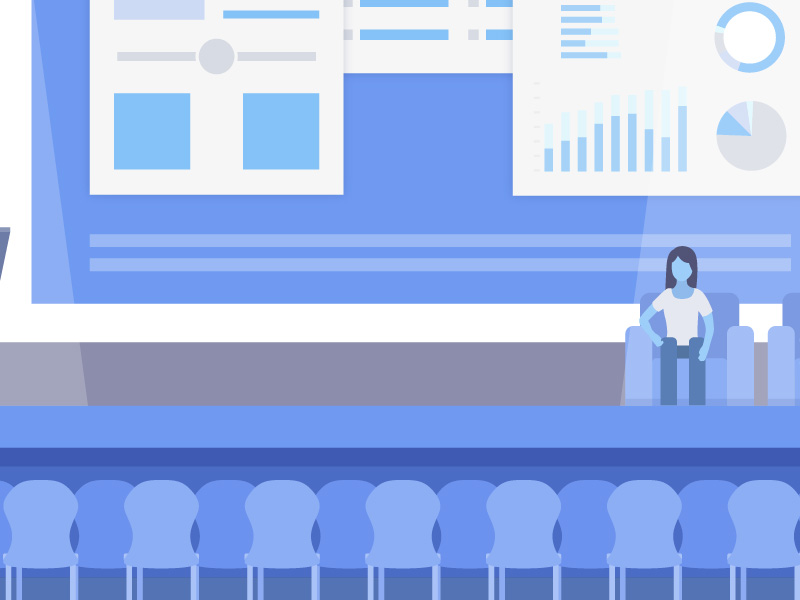
Product Graphic Design is a specialized field that focuses on creating visually appealing and functional designs to enhance a product’s aesthetic, usability, and market appeal. From packaging and branding to digital assets and promotional materials, product graphic designers combine creativity with technical expertise to communicate a product’s value and identity. By aligning design with consumer needs and market trends, they play a crucial role in shaping how products are perceived and experienced.
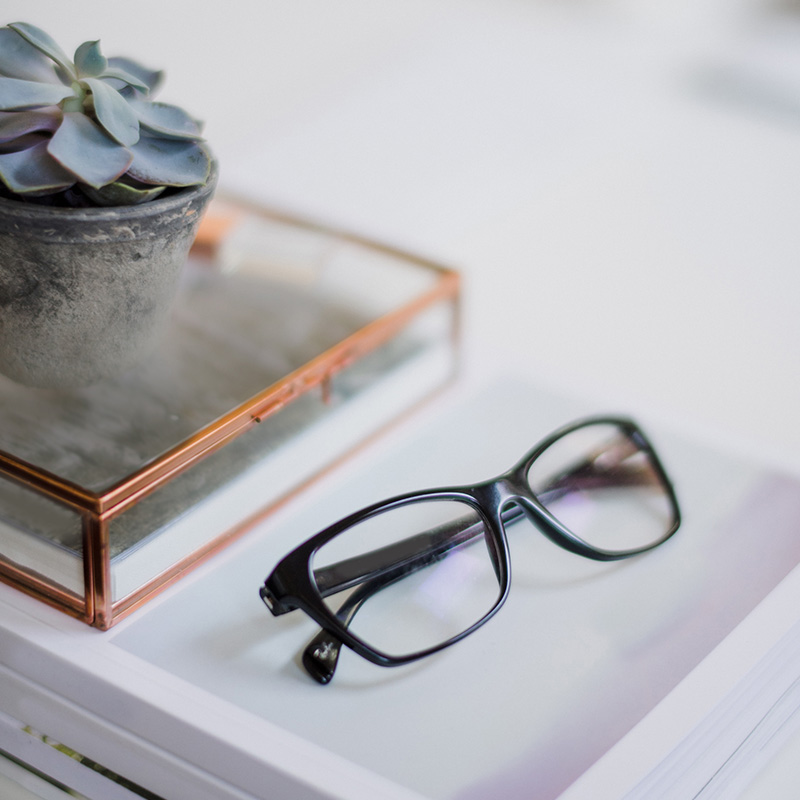
A story in Research
The product graphic design research process involves gathering insights to create designs that effectively align with a product’s goals and target audience. It begins with identifying the product’s purpose, audience demographics, and market positioning. Designers conduct competitor analysis, user research, and trend studies to understand industry standards and consumer preferences. This is followed by exploring materials, branding elements, and visual aesthetics that resonate with the brand identity. The insights guide the creation of design concepts that are both visually appealing and functional, ensuring the final product communicates its value and stands out in the market.
The numbers
Good product design is a powerful driver of business success, influencing everything from customer satisfaction to brand loyalty and market performance. A well-designed product attracts attention, creates a strong first impression, and differentiates the brand in competitive markets. It enhances usability and functionality, leading to higher customer satisfaction and reduced returns or complaints.
- Conversion Rate – 90%
- Return Users – 77%
- Social Following – 85%
Projects
Satisfied Clients
Ongoing Projects
Cups Of Coffee
The FACTS
Moreover, good design often incorporates cost-effective production solutions, optimizing profitability. Businesses that prioritize strong product design are more likely to build trust, foster long-term customer relationships, and achieve sustained growth, as their products resonate with consumer needs and expectations.


